Visit Colonial Galle in exotic Sri Lanka
I slowly walked around the intact ramparts of this magnificent colonial city enjoying the coconut trees swaying in the distance, young boys diving from oversized boulders and sweet views of the Sri Lankan coastline. Further down fishermen are trying their luck below the city walls and waving – it seems like everyone is in a good mood to be outdoors and enjoying being on the water. I must confess that I’m enjoying my visit to Colonial Galle in exotic Sri Lanka and loving the historic district.
Visit Galle – the colonial city with historic treasures, great local food, shopping, harbor and coastal scenes and a unique walled ramparts
Visiting the historic fortress areas and city of Galle feels so ancient and a wonderful blend of Galle’s colonial past intertwined with today’s modern world, tourism and exotic features.
A brief history about Galle in Sri Lanka
Galle, a coastal city in southern Sri Lanka, boasts a rich and diverse history that spans centuries. Here’s a brief overview:
Ancient Roots:
Galle’s history can be traced back to ancient times when it served as a trading hub for spices and gems, frequented by traders from around the world.
Colonial Era:
In the 16th century, the Portuguese arrived and established a fort, laying the foundation for European colonial influence. The Dutch later captured Galle in the mid-17th century, expanding the fortifications that still stand today.
British Rule:
The British took control of Galle in the 18th century, and the city played a pivotal role in the British Empire’s maritime activities, serving as a crucial port.
Cultural Fusion:
Over the years, Galle’s history has been shaped by the convergence of various cultures, including Sinhalese, Dutch, Portuguese, and British. This fusion is evident in the city’s architecture, cuisine, and way of life.
UNESCO World Heritage Site:
In recognition of its historical significance and well-preserved colonial architecture, Galle Fort was designated a UNESCO World Heritage Site in 1988.
Today, Galle is a captivating blend of old-world charm and modern vitality, with its colonial fortifications, cobbled streets, and a thriving arts and culture scene. It stands as a testament to Sri Lanka’s complex and fascinating history.
Where is Galle located in Sri Lanka?
Galle is located on the southwestern coast of Sri Lanka, nestled along the shores of the Indian Ocean. It is a prominent city in the Southern Province of Sri Lanka, known for its historical significance, colonial architecture, and scenic coastal beauty.
Galle is situated approximately 119 kilometers (74 miles) south of Colombo, the capital city of Sri Lanka. The journey between Colombo and Galle typically takes around 2 to 3 hours by road, depending on traffic conditions and the mode of transportation chosen.
How to get to Galle in Sri Lanka
Getting to Galle in Sri Lanka is relatively straightforward, and you have several transportation options depending on your preference and location:
By Car:
If you’re in Colombo or any other major city, you can hire a private car or use a taxi service. The journey from Colombo to Galle takes approximately 2 to 3 hours via the Southern Expressway, a well-maintained toll highway.
By Train:
The coastal train route from Colombo to Galle is renowned for its scenic beauty. Trains run regularly from Colombo Fort Railway Station to Galle Railway Station. The journey offers breathtaking views of the coastline. Make sure to book your tickets in advance, especially if you want to travel in the observation car for the best views.
By Bus:
Public buses and private bus services operate between Colombo and Galle. While this is a more budget-friendly option, it might be less comfortable and slower than the train or car.
By Tuk-Tuk:
If you’re in a nearby town or area, you can hire a tuk-tuk (auto-rickshaw) to take you to Galle. This is a convenient and affordable choice for short distances.
By Air
Although there isn’t an airport in Galle, you can fly to the nearby Mattala Rajapaksa International Airport (HRI) or Bandaranaike International Airport (CMB) in Colombo and then continue your journey to Galle by road.
By Tour:
Consider booking a guided tour that includes transportation to Galle. Many tour operators offer day trips or multi-day tours that take you to Galle and other attractions in the region.
Once you arrive in Galle, you can explore the city’s historic fort, enjoy its beautiful beaches, and immerse yourself in its rich culture and heritage. It’s a destination that offers a unique blend of history, natural beauty, and coastal charm.
What to do and see in Galle’s colonial district
There’s so many places to visit in Sri Lanka and the colonial city of Galle stands out in this exotic part of the country that is a must visit in the country. One of the best things to do in Galle is to walk along the historic fort and ramparts of Galle Fort takes you back to its Portuguese history when the magnificent fortress was erected. I walk along the many tiers of grassy walls and enjoy the vistas to the coastline and then back to the interior streets and colonial buildings within the walls. No wonder this intact area of Galle Fort is so well-preserved has been designated a Unesco World Heritage Site in 1988.
Exploring the ramparts of the fortress and city walls
Galle fish market
Just outside the fort walls and along the bay front is the daily fish market. Vendors practically park their boats right on the beach and set up impromptu displays of their fresh catch of the day and barking out their goods to anyone listening. I love this fun and colorful market and way of direct selling without having to slew their goods across town to a typical market.
A buyer comes out of the market below with handfuls of fresh tuna and bundles them up into a tuk tuk for delivery probably to a local restaurant or hotel for tonight’s evening seafood special.
Specialty foods and dishes you should try in Galle
Galle, with its rich history and coastal location, offers a delightful array of specialty foods and dishes that reflect the fusion of cultures and flavors. When visiting Galle, be sure to savor these culinary delights:
Seafood Delights:
Given its coastal setting, Galle is renowned for its fresh seafood. Don’t miss dishes like “Devilled Prawns,” a spicy and tangy prawn preparation, or “Fish Ambul Thiyal,” a sour and spicy fish curry.
Lamprais:
A legacy of Dutch colonial influence, lamprais is a flavorful dish consisting of rice, meat (often chicken or beef), and accompaniments like eggplant, sambol, and a banana leaf wrap.
Hoppers:
Try both “Appam” (soft, bowl-shaped rice pancakes) and “Egg Hoppers” (hoppers with a cracked egg in the center). They are typically served with coconut sambol and dhal (lentil curry).
String Hoppers:
These delicate, steamed rice flour noodles are commonly eaten for breakfast or dinner and are served with various curries.
Kottu Roti:
A popular Sri Lankan street food, kottu roti consists of chopped roti (flatbread) stir-fried with vegetables, meat, and spices. It’s a flavorful and filling dish.
Sambols:
Sri Lankan cuisine features a variety of sambols, such as “Pol Sambol” (coconut sambol) and “Seeni Sambol” (sweet onion relish), which add layers of flavor to your meals.
Fresh Fruit:
Enjoy tropical fruits like mangoes, pineapples, and papayas, which are abundant in Galle. Street vendors often sell fresh fruit salads, making for a refreshing snack.
Watalappam:
A rich and creamy Sri Lankan dessert, watalappam is a steamed coconut custard flavored with jaggery, cardamom, and cashew nuts.
King Coconut:
Stay hydrated with the sweet and refreshing water of the king coconut, a variety of coconut that’s perfect for quenching your thirst.
Ceylon Tea:
While not unique to Galle, Sri Lanka is famous for its tea. Sip a cup of Ceylon tea, which is grown in the lush tea plantations of the central highlands.
As you explore the streets and markets of Galle, you’ll encounter a wealth of culinary experiences that showcase the vibrant and diverse flavors of Sri Lanka. Be adventurous, try the local specialties, and savor the delightful tastes of this enchanting coastal city.
The entry gate to Galle Fort
The historical and colonial town has so many amazing buildings and varied architecture that make the discovery tour of the old center a fun exploration. Many of the old buildings have been converted into museums, hotels, restaurants and shops to attract craftsmen and other local businesses vying for the tourist trade, but it isn’t tacky or overly done like many destinations around the world that makes their unique attractions very unattractive. It still feels authentic and lived in throughout many areas of the old city center.
Galle’s architectural past
There are so many beautiful architectural details to capture while touring the historic town of Galle. But I also love to take photographs of people who I bump into and connect with including this boy who was very curious about me taking a photograph of his grandmothers home, isn’t that the sweetest smile?
Galle’s lighthouse
Towards the point of the city walls is the lighthouse and there are a few jewelry makers in this section of the town getting you to visit their galleries and seeing their craftsmen work on some beautiful pieces of art. It’s fun to visit, but always difficult getting out of these shops without having to buy anything from some of these persistent owners.
Staying at Jetwing – a luxury resort
While visiting Galle, I stayed at the luxurious Jetwing Lighthouse property just outside the historic center and along the rugged and more exclusive beach area of Galle. It was a perfect stay and very quiet compared to the hustle and bustle of the busy city center. Jetwing Lighthouse, exudes a wonderful colonial past but with modern amenities, artistic details and craftsmanship to ever room, including my master suite below with expansive views of the pool areas and stunning coastline.
A generous king size bed, extra-large living area and balcony with gorgeous views of the property and coast make this an exceptional stay in Galle. I slept so well on this comfy bed and spent a lot of time on the balcony enjoying my first cups of Sri Lankan tea every morning and evening.
An expansive suite at Jetwing
Exploring the beaches and coastline here was a real treat especially with hardly a soul exploring this wonderful beach area. I found a lot of areas filled with a slew of exotic sea shells and I couldn’t stop stooping down to collect so many colorful shells. These were my souvenirs from this stay and I love seeing the shells on my bedroom display at home to remind me of a fun day on the beach in Galle.
Let me just say that sunset in Galle walking along the beach around Jetwing Lighthouse, was a special treat and I really enjoyed the quiet moments and watching a spectacular end of day in Galle. I think I could easily do this routine for a longer timeframe than my original visit.
More inside tips to visiting Galle in Sri Lanka
Visiting Galle in Sri Lanka is a delightful experience filled with history, culture, and natural beauty. To make the most of your trip, here are some inside tips:
Explore Galle Fort Early:
Galle Fort is a UNESCO World Heritage Site and a major attraction. Visit early in the morning to beat the crowds and enjoy the fort’s charming streets and historic architecture in peace.
Walk the Fort Walls:
Take a leisurely stroll along the fort walls during sunset. The views of the Indian Ocean are stunning, and it’s a great spot for photos.
Attend a Cricket Match:
Cricket is a passion in Sri Lanka. If there’s a match happening at Galle International Cricket Stadium, consider attending for a unique cultural experience.
Visit the Maritime Museum:
Galle’s Maritime Museum is a hidden gem. It offers insights into the city’s maritime history and has an intriguing collection of artifacts.
Try Local Street Food:
Don’t hesitate to try street food like kottu roti or egg hoppers from local vendors. It’s not only delicious but also a budget-friendly option.
Shop for Souvenirs:
Galle has many boutique shops and markets where you can buy souvenirs such as handmade jewelry, textiles, and traditional masks. Bargaining is common in markets.
Visit Unawatuna Beach:
If you want a change of scenery, Unawatuna Beach is a short drive from Galle and offers a more relaxed beach experience. It’s known for its scenic beauty and water sports.
Respect Local Customs:
Sri Lanka is a conservative country, so dress modestly, especially when visiting religious sites. Also, remove your shoes before entering temples or homes.
Stay in a Heritage Property:
Galle has several boutique hotels and guesthouses housed in beautifully restored colonial buildings. Consider staying in one for a unique experience.
Learn Basic Phrases:
While English is widely spoken, learning a few Sinhalese phrases like “hello” (ayubowan) and “thank you” (stuti) can go a long way in building rapport with locals.
Stay Hydrated:
Sri Lanka’s tropical climate can be hot and humid. Drink plenty of bottled water to stay hydrated, especially when exploring outdoors.
Try King Coconut:
Enjoy the refreshing water of king coconuts, readily available from street vendors. It’s a healthy and hydrating choice.
By following these tips, you’ll have a memorable and culturally enriching experience in Galle, Sri Lanka. It’s a city that beautifully blends its colonial past with a vibrant present, offering travelers a taste of history and a warm Sri Lankan welcome.
I hope that you enjoyed this photo highlight tour of Colonial Galle in exotic Sri Lanka, it’s quite stunning don’t you agree? If you enjoyed viewing this post, can you please help to share it with any of the social media buttons around the post – thanks so much for visiting today!
Please check out these posts on Sri Lanka
10 must try dishes and street food of Sri Lanka
Seeing Sri Lanka in full color
Sri Lanka captured in Black and White
Best family friendly beaches of Sri Lanka
Conclusion to visiting Galle in Sri Lanka
In conclusion, visiting Galle in Sri Lanka is a journey into a world where history, culture, and natural beauty converge to create a truly unforgettable experience. From the charming streets of Galle Fort to the pristine beaches, this coastal city offers a tapestry of delights for travelers.
Exploring the fort’s cobbled lanes and well-preserved colonial architecture transports you back in time, while the warm hospitality of the locals reminds you of the vibrant culture that thrives here. The culinary adventures, from seafood feasts to street food discoveries, tantalize your taste buds with a fusion of flavors.
Galle’s maritime heritage, stunning coastal vistas, and enchanting sunsets add layers of wonder to your visit. Whether you’re wandering along the fort walls at twilight or sipping fresh king coconut by the sea, Galle leaves an indelible mark on your heart.
As you bid farewell to this coastal gem, you carry with you not just the memories of your journey but also the spirit of Sri Lanka—an enduring blend of tradition and modernity, heritage and innovation. Galle invites you to return, to unravel its stories a little further, and to embrace its timeless allure once more.
Thank you Jetwing Lighthouse for hosting me on my visit to Galle, all opinions and thoughts are my own and I think this is an exceptional property worth staying in when you visit the historic city.
If you like what you see, come and check out my other social media channels for more updates, including Instagram, Pinterest and Twitter

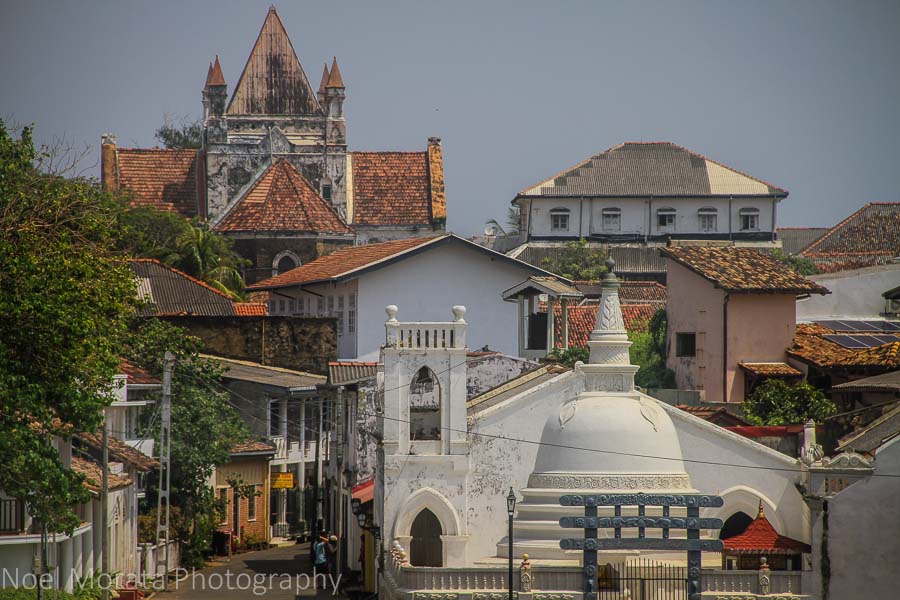
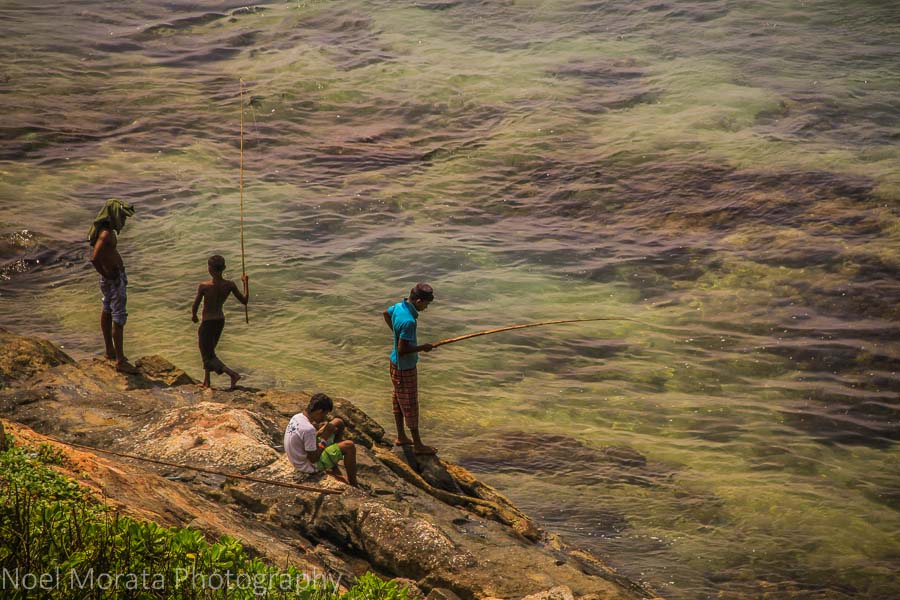
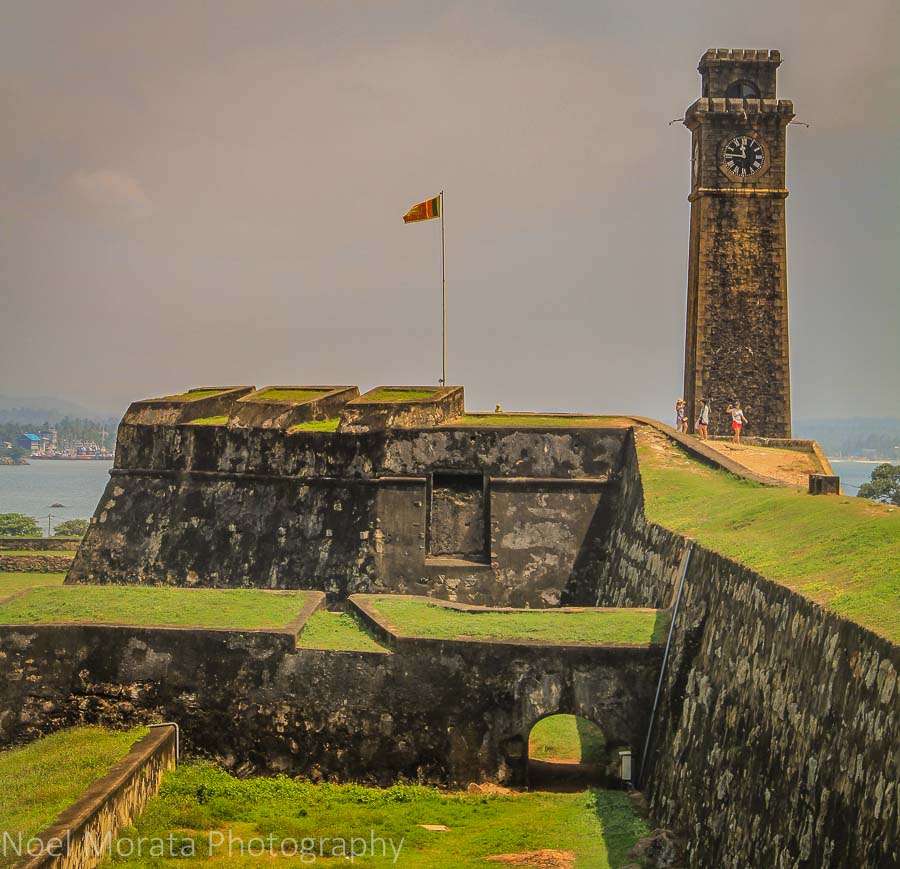
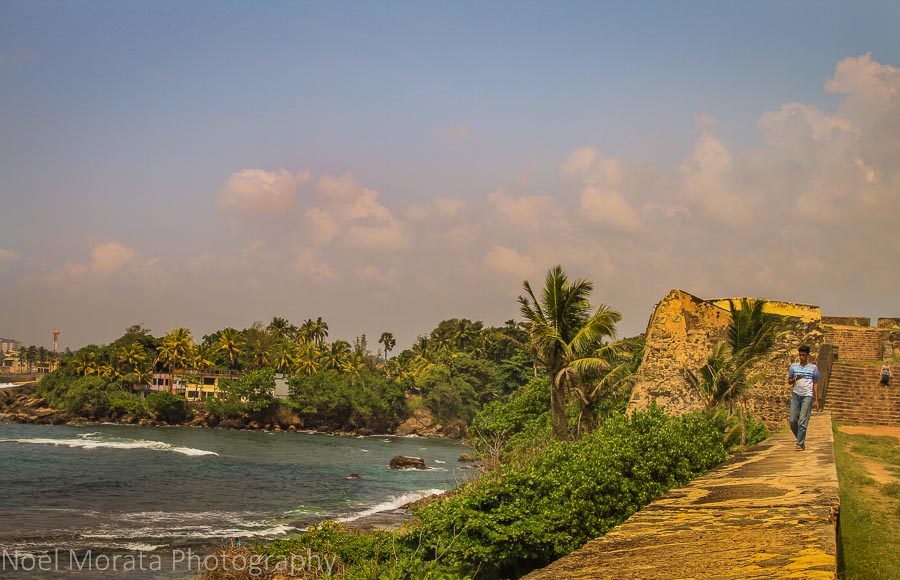
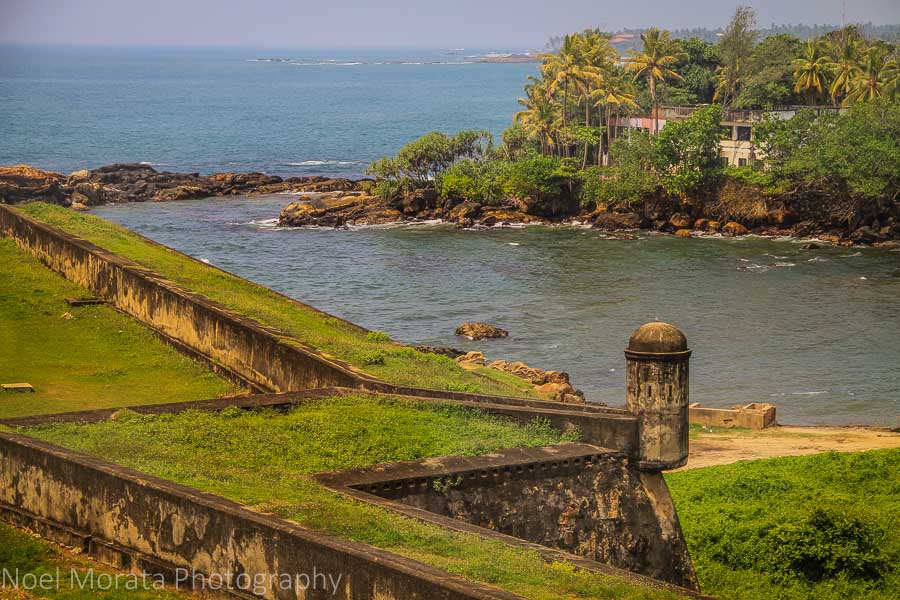

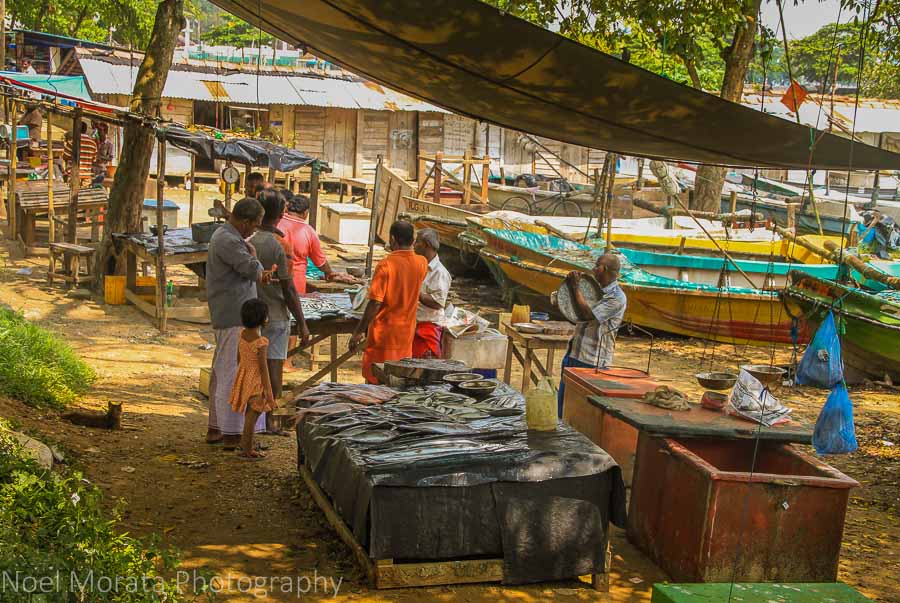
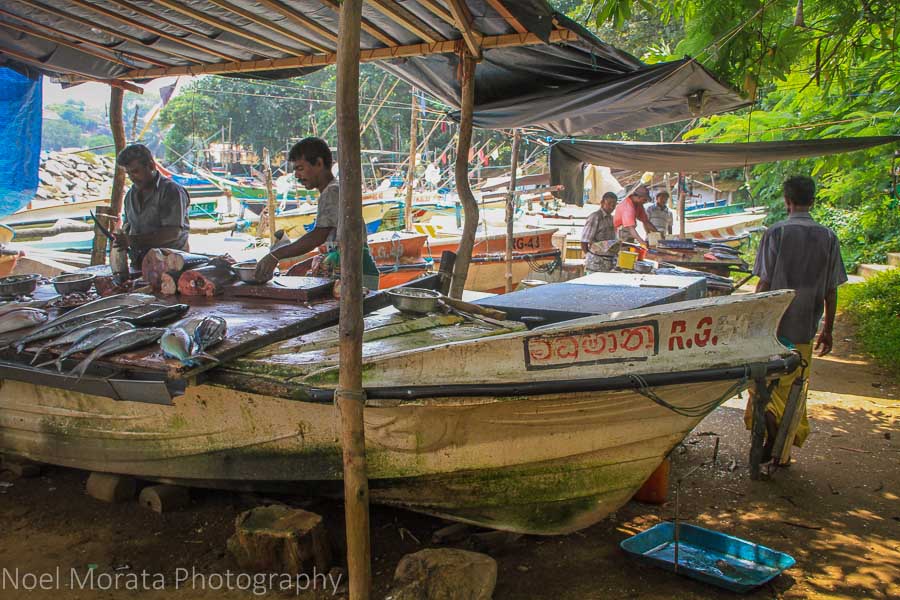
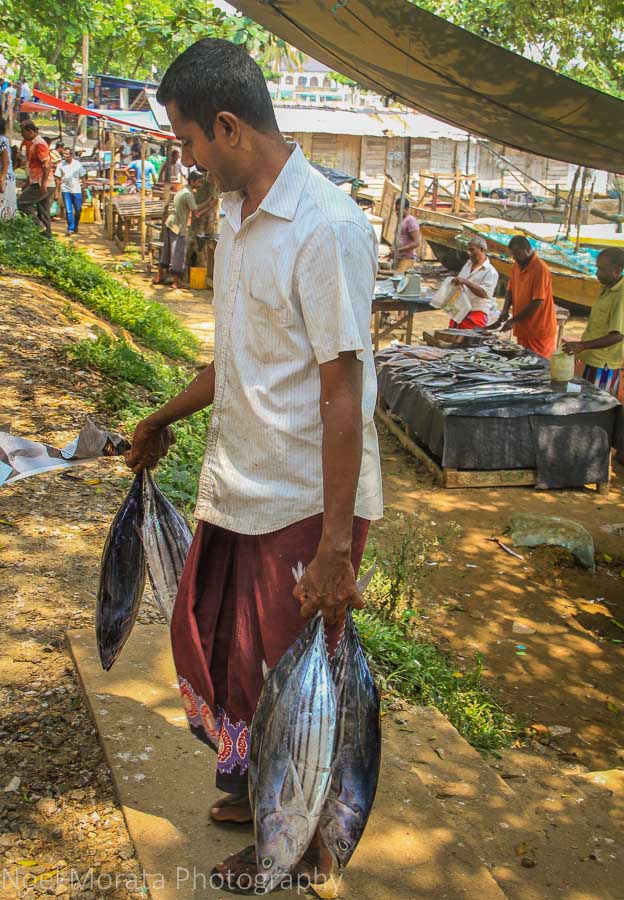
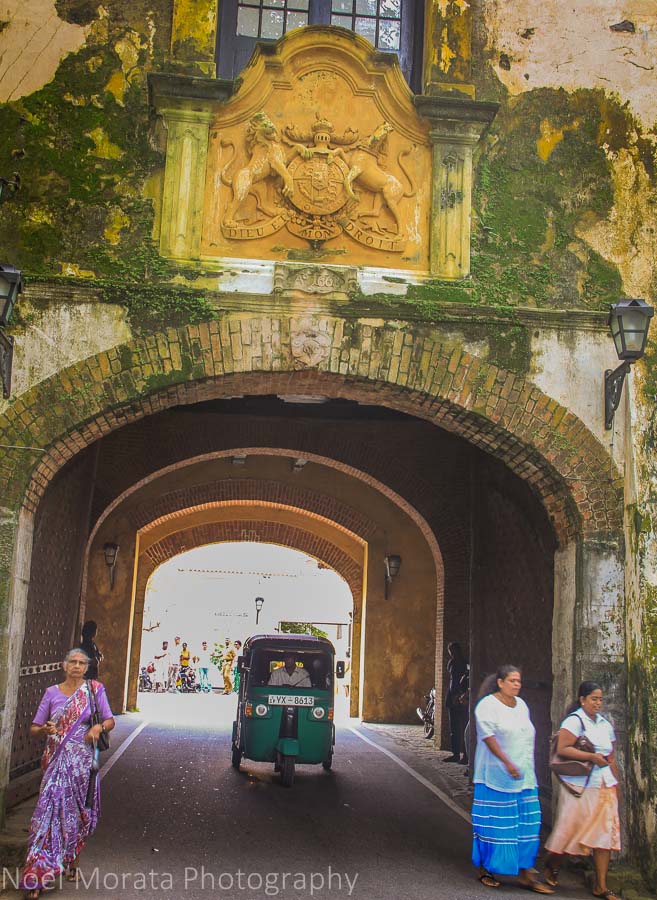
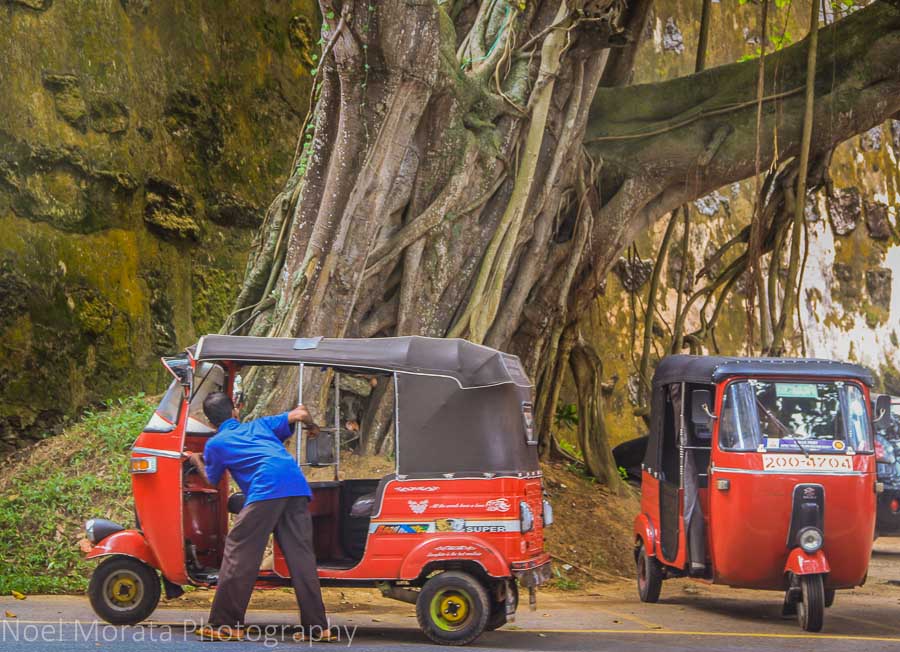
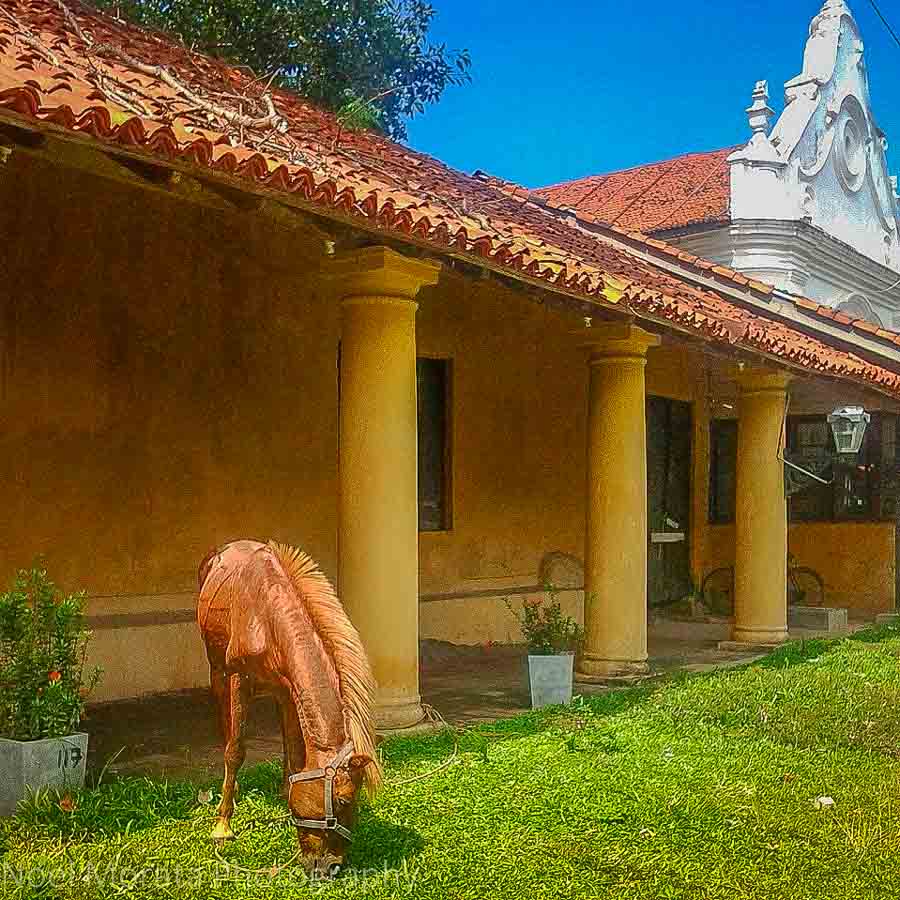
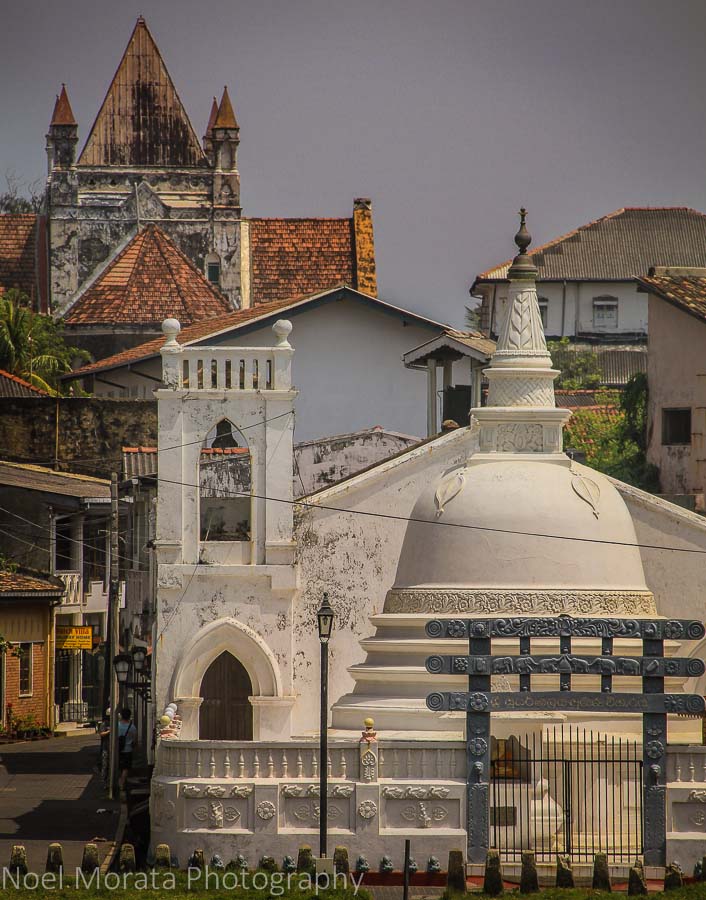
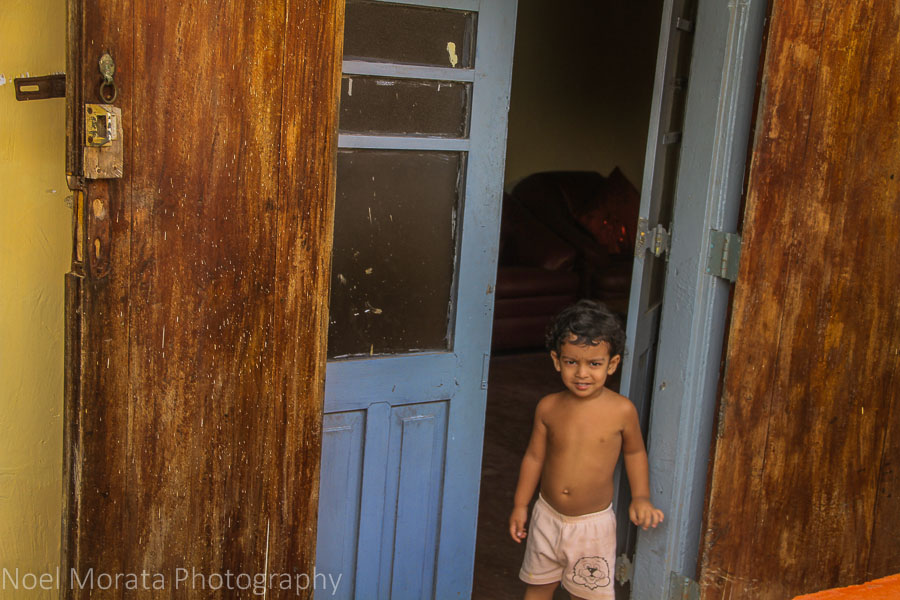

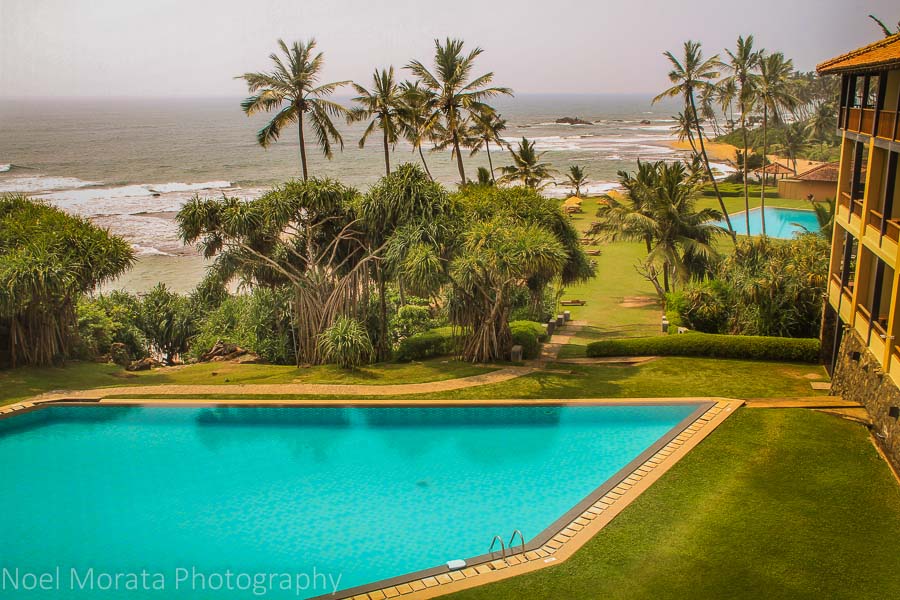
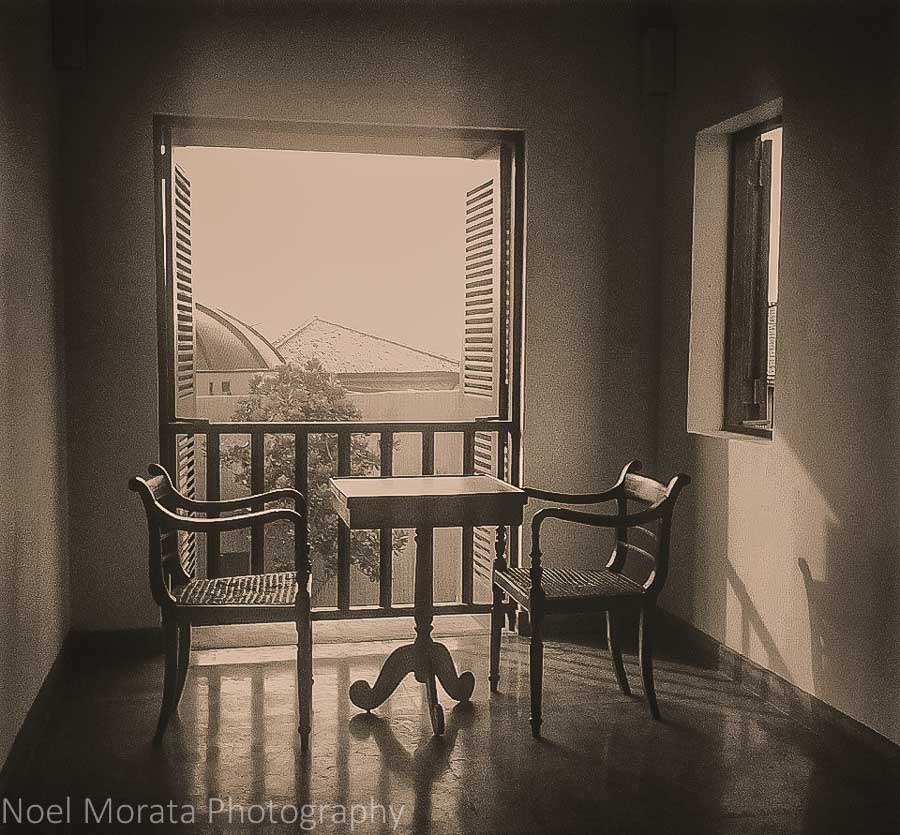

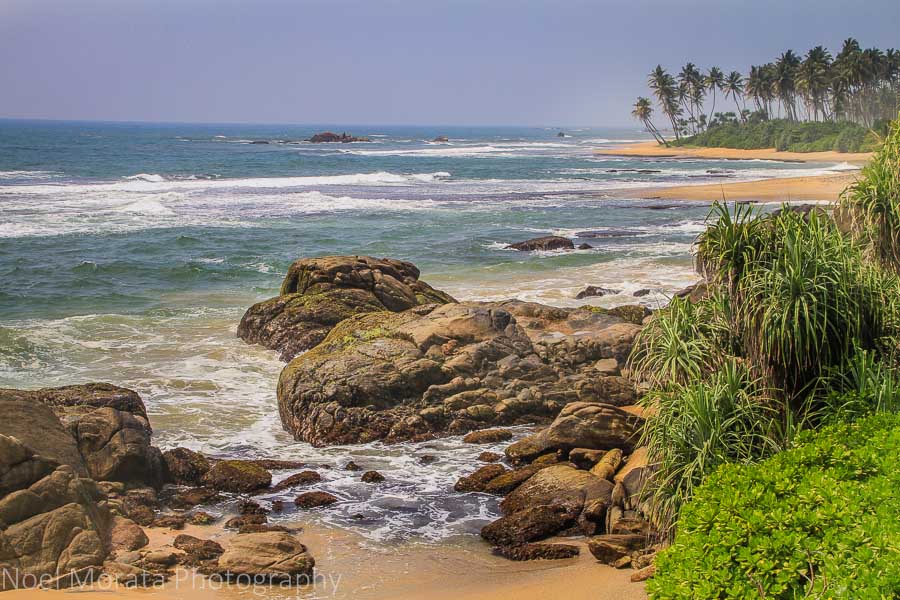
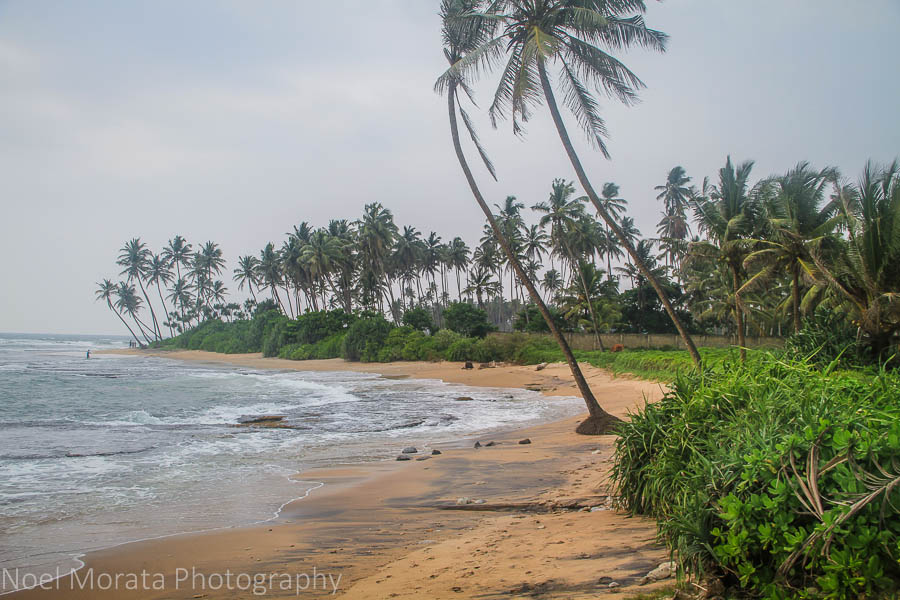
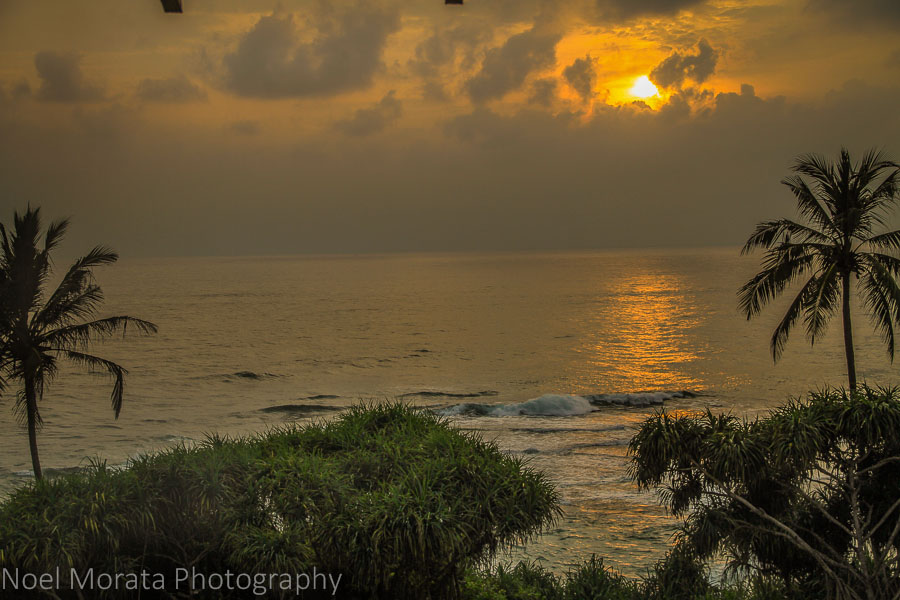

Love your photos, Noel! I’m considering a trip to Sri Lanka. These photos may play a role in my decision. 🙂
Your second last photo is what I picture in my mind when I think of Sri Lanka. I have an affinity with walled cities and this is one I would love to visit, especially as it is on the ocean.
I agree, Galle is the best kept, picturesque secret .Althoug http://WWW.INDULGEDTRAVELER.COM , is being redesigned, check out my take on Galle and the Jetwing Hotel. I love the photos on your site and also have some that give me great memories of this Sri Lankan city.
Noel, Gotta love how photogenic Sri Lanka is. I love the colors, the pageantry, the temples. and yes, the colonial buildings. My favorite photo is the horse!
What a beautiful city! Sri Lanka looks really amazing — it’s a place I know nothing about.